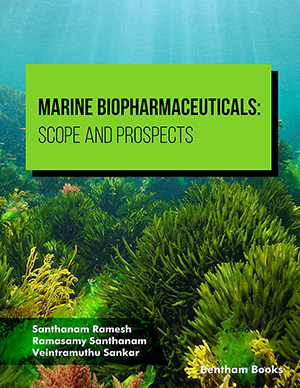Abstract
Background: Tizanidine hydrochloride acts centrally as a muscle relaxant. It is used for the treatment of painful muscle spasm, spasticity associated with multiple sclerosis or spinal cord injury and treatment of muscle spasticity in spinal cord disease. Tizanidine hydrochloride belongs to BCS class II. It has low oral bioavailability and short halflife. Incorporating this drug in microemulgel is an excellent way to overcome problems associated with the drug.
Objectives: Present research work was aimed to develop and optimize a microemulsion based gel system for tizanidine hydrochloride.
Methods: Screening of oil, surfactant and co-surfactant was carried out. Ternary phase diagram was constructed to obtain concentration range of components. The prepared microemulsion was evaluated for pH, globule size, zeta potential, conductivity, density and viscosity. 32 level factorial design was applied to study the effect of concentration of carbopol 934 and HPMC K15M on % cumulative drug release and viscosity of microemulgel using software Design Expert. Microemulgel was evaluated for pH, spreadability, viscosity, syneresis, drug content, bioadhesive strength, in-vitro as well as ex-vivo diffusion study.
Results: Microemulsion was prepared by using isopropyl myristate as oil, tween 80 as a surfactant and transcutol P as cosurfactant. Largest transparent microemulsion region was found with Smix ratio of 1:1. FE-SEM showed globule size 28μm for batch B1 and zeta potential was -1.27mV indicating good stability of the microemulsion. Optimised batch was F6 which showed 92% drug release within 8 hours. It followed the Korsmeyer-Peppas model.
Conclusion: A stable, effective and elegant microemulgel formulation, exhibiting good in-vitro and ex-vivo drug release was formulated.
Keywords: Delivery, emulsion, factorial, gel, microemulgel, microemulsion, tizanidine.
[http://dx.doi.org/10.22159/ijcpr.2017v9i1.16628]
[http://dx.doi.org/10.1208/s12249-011-9742-7] [PMID: 22187363]
[http://dx.doi.org/10.5681/ apb.2013.011] [PMID: 24312814]
[http://dx.doi.org/10.1007/s13204-015-0457-z]
[http://dx.doi.org/10.2174/1574891X12666170426092911] [PMID: 28506203]
[http://dx.doi.org/10.3797/scipharm.1206-09] [PMID: 23264949]
[PMID: 24312785]
[http://dx.doi.org/10.15171/apb.2017.028] [PMID: 28761825]
[http://dx.doi.org/10.1016/j.colsurfb.2013.01.004] [PMID: 23357739]
[http://dx.doi.org/10.1007/s13346-012-0109-8] [PMID: 25787325]
[http://dx.doi.org/10.2174/1574885509666140115213810]





























